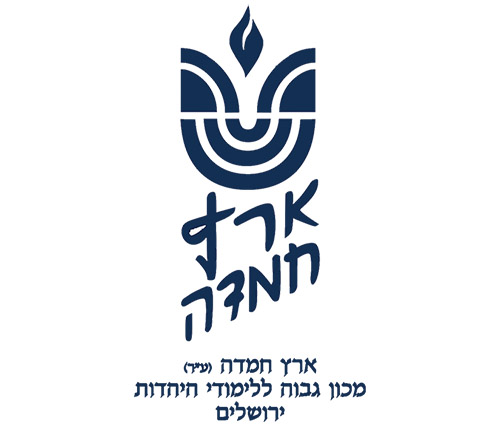
At a second marriage for both chatan and kallah, what is different from at a regular wedding?
The following is an overview, regarding a second marriage for both chatan and kallah; some differences depend only on the kallah’s status. Some issues are affected by details or sensitivities, especially regarding issues that are less halachic or are the subject of machloket. A couple would discuss these matters with their rav/mesader kiddushin (rabbi officiating at the wedding).
Tenaim — Many do not require a written tenaim document (see Hanisuin K’hilchatam 17:8).
Ketubah — A kallah who is not a betula (a maiden) receives half of what a betula receives for all three of a ketubah’s monetary elements (Shulchan Aruch, Even Haezer 67:1), and her status is referenced in certain places, in the ketubah. Certain variables — especially not widely known facts (e.g., adoption, conversion) — raise sensitivities during the public reading of the ketubah between the kiddushin and nisuin parts of the ceremony. The minhag of many is to not read the ketubah at a second marriage (see opinions in Hanisuin K’hilchatam 17:24 and Nitei Gavriel 51:7).
Veil — The kallah going to her chuppah with a veil is the sign of the wedding of a betula (Ketubot 15b), and the chatan covers her at the “badeken (veiling).” There is no badeken at a second marriage (see Rama, Even Haezer 55:1; Chelkat Mechokek 55:8), although some have the minhag that someone else puts the veil on her under the chuppah (Nitei Gavriel 51:3).
Chuppah location — The chuppah is done inside and not under the sky (see Pitchei Teshuva, Even Haezer 62:1; Aruch Hashulchan, Even Haezer 55:24).
Yichud (the couple’s seclusion) — According to many (see Rama, Even Haezer 55:1), the nisuin is accomplished by yichud. Therefore, it is especially important that the kallah not be a niddah (experiencing uterine bleeding), which would prevent full yichud (Nitei Gavriel 51:10).
Minhagim that are unchanged: chuppah, breaking of the glass, ashes on the chatan’s head and the kallah encircling the chatan.
Level of revelry — The recommendation of poskim and the minhag is that — while joyous — the second wedding is less elaborate, which can find expression in several areas: Many do not have a band (Aruch Hashulchan ibid.); the food is less extensive (Hanisuin K’hilchatam 17:29) and the kallah’s dress is less elaborate (Nitei Gavriel 51:2).
These are general guidelines, not halachic dictates:
Participation of the couple’s children — Many have the minhag that their children not take part in the chuppah (Nitei Gavriel 51:9). The decision should be left to the children (if old enough), without the couple causing pressure or reading into their decisions.
Sheva brachot — The sheva brachot under the chuppah are standard, but at meals, it is complicated. The Gemara (Ketubot 7a) says that for such a couple, there are sheva brachot for only one day. There are three feasible and supported possibilities what one day means (see Rosh, Ketubot 1:13 and its analysis in Chelkat Mechokek 62:6 and Beit Shmuel 62:5): 1) the first meal; 2) any meal eaten the first day; 3) it must be both the first meal and on the first day.
The main differences are: A. After a night wedding, can there be a party with the sheva brachot recited the next day? B. If the chuppah takes place at the end of the day and the meal takes place at night, are there brachot at the end of the wedding meal?
The general approach is that there is doubt in these test cases, and we do not make brachot in a case of doubt (Beit Shmuel ibid.). Therefore, it is best to time things wisely. The Pitchei Teshuva (ad loc 10) and Aruch Hashulchan (Even Haezer 62:33) cite the opinions that if the yichud is at night — then, even if the chuppah was before — they can recite sheva brachot at night. The Ezer Mikodesh (to Even Haezer 62:6) is unsure if this is correct. If the meal was well underway during the day, sheva brachot can be recited at its conclusion at night (Aruch Hashulchan ibid.; Hanisuin Kehilchata 17:35).
Time together — The couple is supposed to spend happy time together — as opposed to going to work — for three days (Ketubot 7a). The kallah is able to allow the chatan to return to work early (Rama, Even Haezer 64:2).
Rabbi Mann is a dayan for Eretz Hemdah and a staff member of Yeshiva University’s Gruss Kollel in Israel. He is a senior member of the Eretz Hemdah responder staff, editor of Hemdat Yamim and the author of “Living the Halachic Process, Volumes 1 and 2” and “A Glimpse of Greatness.”









